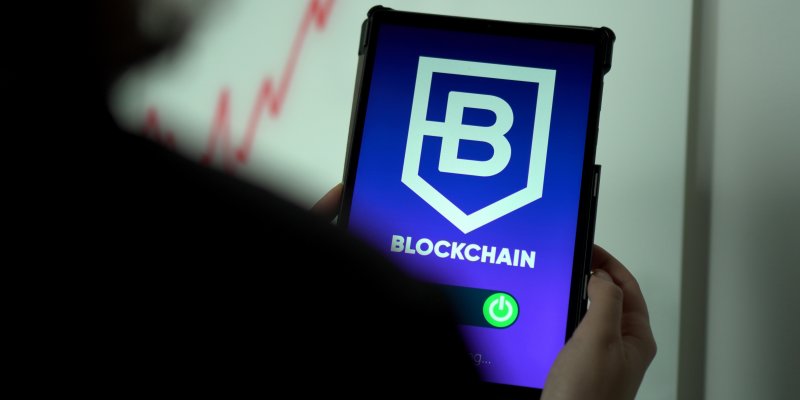
Understanding the Basics of Blockchain Technology: A Comprehensive Guide
In recent years, blockchain technology has emerged as a transformative force across various industries, promising increased security, transparency, and efficiency in digital transactions. While many have heard of blockchain in the context of cryptocurrencies like Bitcoin, its potential applications go far beyond digital currencies. In this comprehensive guide, we'll explore the fundamental concepts of blockchain technology, its underlying principles, and its wide-ranging implications for the future.
What Is Blockchain?
At its core, a blockchain is a decentralized and distributed digital ledger that records transactions across multiple computers. Unlike traditional centralized databases, where a single entity has control over data, blockchain operates on a peer-to-peer network, making it highly secure and tamper-resistant.
Key Components of a Blockchain:
-
Blocks: Each block contains a batch of transactions. When a block is filled with data, it is sealed and linked to the previous block, creating a chain.
-
Decentralization: Blockchains are maintained by a network of nodes (computers) rather than a central authority. This decentralization ensures no single entity can manipulate the system.
-
Cryptography: Cryptographic techniques secure the data within each block and facilitate secure transactions.
-
Consensus Mechanism: To add a new block to the chain, network participants must agree through a consensus mechanism. The most common mechanism is Proof of Work (PoW), used by Bitcoin, and Proof of Stake (PoS), used by Ethereum.
How Does Blockchain Work?
Let's break down the process of a blockchain transaction:
-
Transaction Initiation: A user initiates a transaction by creating a digital record. This record includes information about the sender, receiver, and the transaction amount.
-
Verification: The transaction is verified by network nodes. These nodes validate the transaction's authenticity and ensure the sender has the required funds.
-
Block Formation: Verified transactions are bundled into a block. Before adding the block to the chain, miners (in PoW) or validators (in PoS) solve complex mathematical puzzles to reach consensus and validate the block.
-
Block Addition: Once validated, the new block is added to the chain, and the transaction is complete. The blockchain now contains a record of the transaction, which is immutable and secure.
Use Cases of Blockchain Technology
Blockchain's versatility extends beyond cryptocurrencies. Here are some notable applications:
-
Cryptocurrencies: The most famous use case is digital currencies like Bitcoin, which rely on blockchain for secure and transparent transactions.
-
Supply Chain Management: Blockchain enhances transparency and traceability in supply chains, reducing fraud and ensuring product authenticity.
-
Smart Contracts: These self-executing contracts automatically enforce agreements when predefined conditions are met, eliminating the need for intermediaries.
-
Healthcare: Blockchain can securely store and share patient records, ensuring data integrity and privacy.
-
Finance: Banks and financial institutions explore blockchain for faster, more secure cross-border payments and settlements.
-
Voting Systems: Blockchain offers secure and transparent voting systems, reducing fraud and enhancing trust in elections.
Challenges and Future Outlook
Despite its potential, blockchain technology faces challenges such as scalability, energy consumption, and regulatory hurdles. However, ongoing research and development seek to address these issues.
The future of blockchain holds immense promise. As it continues to evolve and find innovative applications, its impact on industries worldwide will become increasingly profound. Understanding the basics of blockchain technology is the first step towards harnessing its potential for positive change.
In conclusion, blockchain technology represents a paradigm shift in how we handle digital transactions and data. Its core principles of decentralization, security, and transparency have the potential to revolutionize various sectors, from finance to healthcare. As this technology matures and overcomes its challenges, it will likely become an integral part of our digital future.
Log in to add a comment